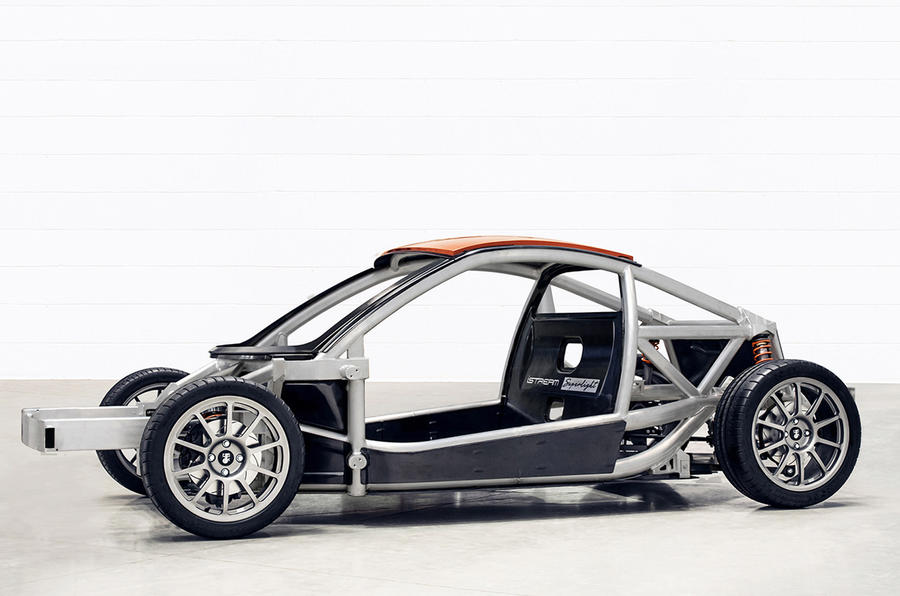Gordon Murray’s revolutionary SUV duo will “change way we think about range anxiety and dynamics”.
The Gordon Murray Group is developing a pair of mass-market-friendly electric SUVs for launch after the V12-engined GMA T50 and GMA T33 supercars, signalling the start of the company’s shift into the mainstream.
The SUVs will be the first vehicles to ride on a bespoke new EV architecture currently under development at Gordon Murray Design (GMD), while the closely related Gordon Murray Automotive (GMA) division readies the supercars for customer deliveries over the next two years and works on a “very noisy” hybrid follow-up along similar lines.
Giving the first details of the SUVs to Automotive Daily Network partner Autocar, Gordon Murray promised they would “change the way we think about range anxiety and vehicle dynamics”.
This suggests that, despite their consumer-friendly billing, the SUVs will follow the same principles as GMA’s supercars: weight saving, tight packaging, aerodynamic efficiency and high manoeuvrability.
Murray remained guarded on specifics, saying only that one of the SUVs will be a front-wheel-drive four-seater, the other a four-wheel-drive five-seater, and that each will be priced with accessibility in mind.
Automotive Daily understands that one will wear a GMA badge when it arrives in its final form, while the other is being developed for an unnamed third-party manufacturer.
Murray previously hinted at plans to diversify beyond supercars in 2021, detailing a massive £300 million (AUD$520m), five-year expansion plan for the Gordon Murray Group as it ramped up to begin construction of a state-of-the-art campus in the UK.
He revealed that GMD was working on a “revolutionary, lightweight, ultra-efficient electric vehicle architecture” that would first underpin “a little SUV with a compact delivery-van derivative”.
Murray described this sub-four-metre EV as a “practical small car, rather than a tiny city car”. Therefore, depending on the volumes in which it’s made and the timing of its arrival, it could feasibly serve as a rival for the new family of affordable urban EVs on the way from Cupra, Skoda and Volkswagen
Both SUVs will be built according to Murray’s iStream production method (see below), whereby the battery forms an integral part of the vehicle shell and weight is kept to a minimum with a view to maximising efficiency and affordability.
Murray said recently: “It can’t be correct to have family cars routinely weighing 2.5 tonnes, yet everyone’s piling into the thing the way OEMs do. We think there’s a better way.”
What’s so special about iStream production?
Gordon Murray Design (GMD) calls iStream “a fundamental rethink on the way cars are designed, developed and manufactured”, claiming that its implications for mass vehicle production are on a par with Henry Ford’s pioneering efforts in the early 20th century.
It centres on improving efficiency of manufacturing outlay, operating costs and the environment, and it could be especially attractive for car manufacturers as they move to a modular platform-based EV product strategy.
GMD claims an iStream production line can produce multiple variants on the same platform, requires 80% less investment than a traditional plant, produces vehicles with a 40 per cent-smaller CO2 footprint and drastically reduces vehicle weight.
A supermini designed to the iStream principle would supposedly weigh some 200kg less than a conventional equivalent.
Felix Page






